Francis Hyman Criss (1901 - 1973) was an American painter. Criss's style is associated with the American Precisionists like Charles Demuth and his friend Charles Sheeler.
"Francis Criss". John Simon Guggenheim Foundation. Retrieved 3 September 2021.
The work from his best-known years, the 1930s and 1940s, is characterized by imagery of the urban environment, such as elevated subway tracks, skyscrapers, streets, and bridges. Criss rendered these subjects with a streamlined, abstracted style, devoid of human figures, that led him to be associated with the Precisionism movement. With distorted perspectives and dream-like juxtapositions, as in Jefferson Market Courthouse (1935), these empty cityscapes also suggest the influence of Surrealism.[citation needed]
A turn towards more commercial work later in his career—including a November 1942 cover for Fortune Magazine—led to a decline in his reputation.[citation needed] Criss died in 1973 in New York City.[1]
His work is in the collections of the Brooklyn Museum,[2] the Detroit Institute of Arts,[3] the Philadelphia Museum of Art,[4] the Smithsonian American Art Museum,[1] and the Whitney Museum of American Art.[5]
In 2021 Criss' painting Alma Sewing was featured in an essay by the art critic Sebastian Smee in the Washington Post. Smee considers Alma Sewing to be Criss' finest work.[6] The painting in the collection of the High Museum of Art in Atlanta, Georgia.[7]
Wikipedia


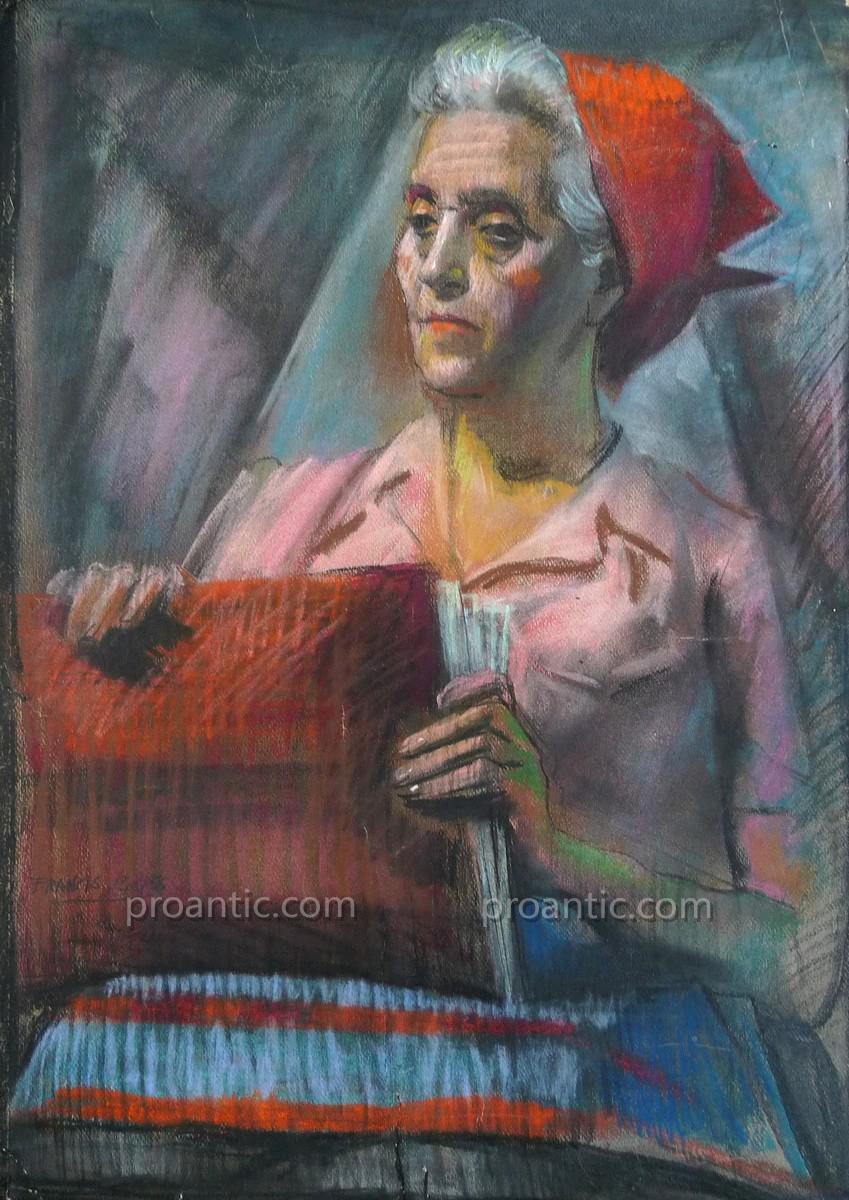





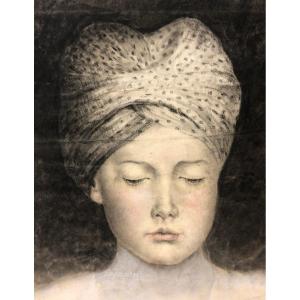
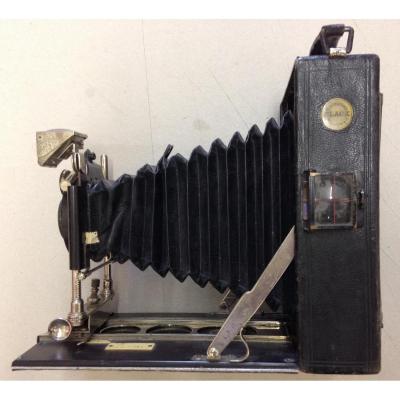
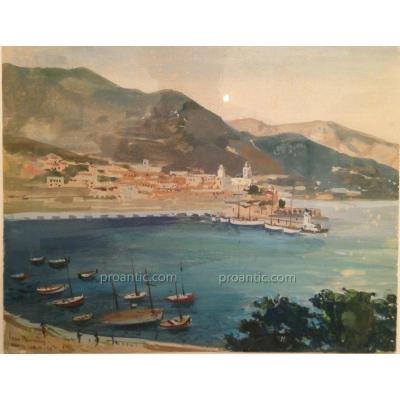
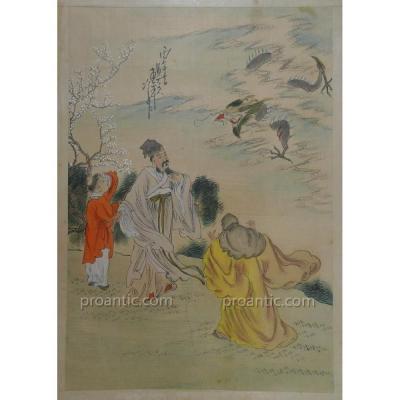
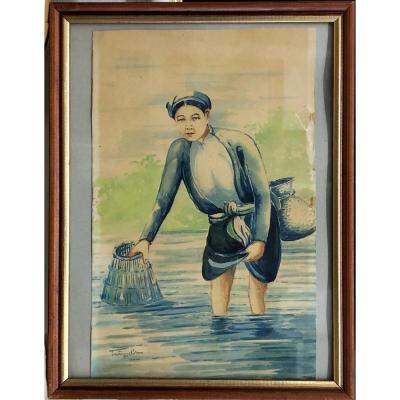




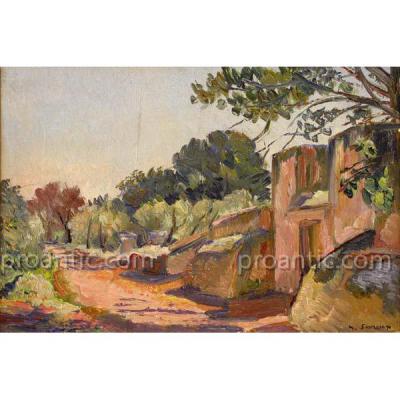
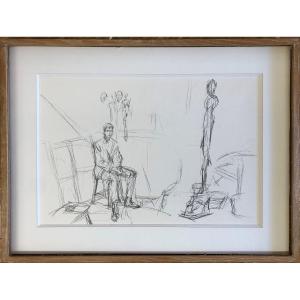
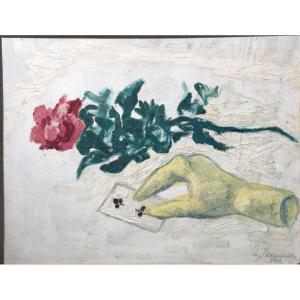




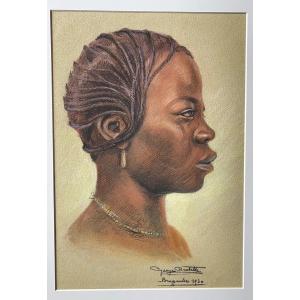



 Le Magazine de PROANTIC
Le Magazine de PROANTIC TRÉSORS Magazine
TRÉSORS Magazine Rivista Artiquariato
Rivista Artiquariato